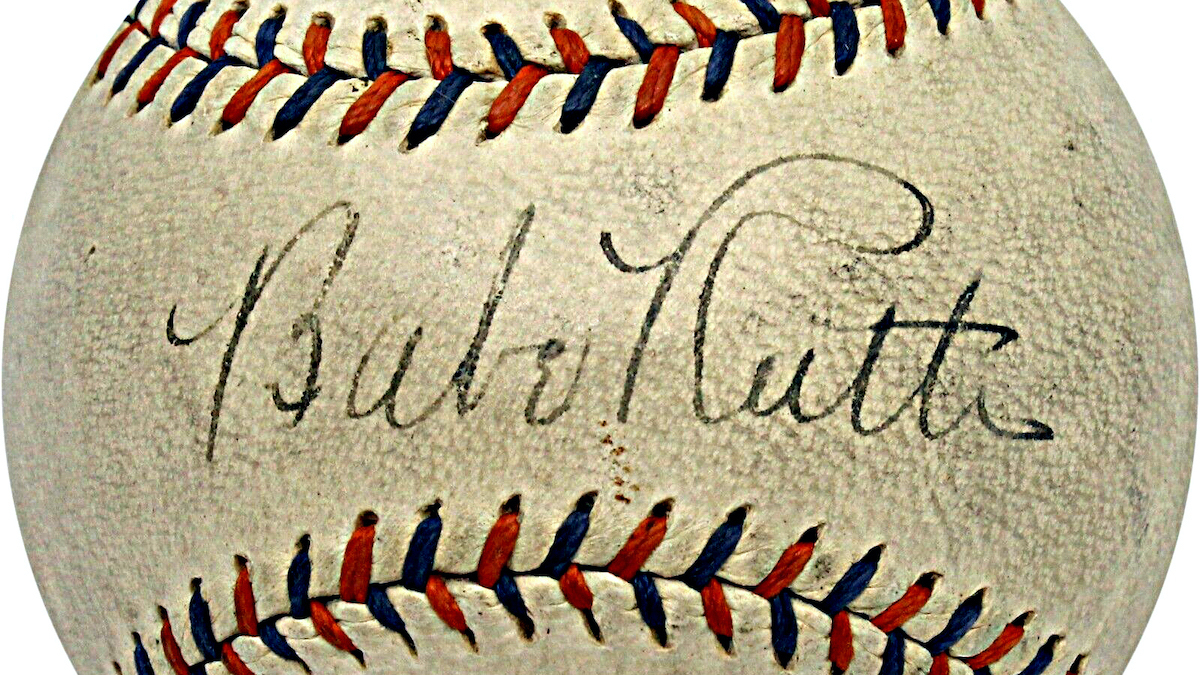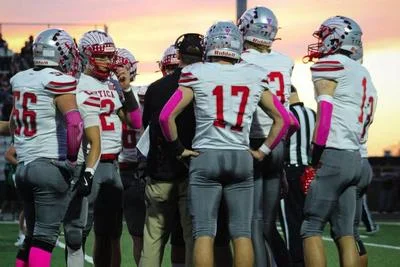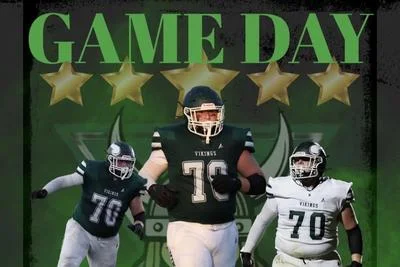Let’s talk sports memorabilia.
To many sports fans, authentic pieces of history, memorabilia, signed items, game-worn jerseys, game-used bats, gloves and balls and all sorts of things that tie into their heroes or historic sports figures or events are the toys adults crave.
We are talking about everything from cards, promotional items, figurines, bobbleheads, anything used in a game – game-worn caps, jerseys, clothing, used and signed bats – signed prints, posters, gear, championship rings and pretty much anything a sports hero might have touched. They all have value and are marketed for sale.
It is big business. How big? Last year, some estimates put the sports memorabilia business at $5.4 billion and some studies published figures of as much as $15 billion. Of this, autograph selling is a major part of the revenue. The most popular autographed item in the sports memorabilia market involves jerseys, making up 24% of total sales. Autographed photographs hold a 23% market share. These items are followed by autographed helmets (8%), autographed baseballs (8%) and autographed footballs (5%).
One source, chief editor and casino expert John Isaac, at online-gambling.com, said, “Sports are a huge part of the American culture. Therefore, it isn’t a surprise that so is the core sports memorabilia market, estimated at $12.2 billion in 2021 and growing at a rate of 15.6% from 2022 to 2032.”
Market Decipher research estimated that the global sports memorabilia and trading card market will reach $35 billion in 2023 and is expected to reach $227.2 billion by 2032, growing at 21.8%.”
Other studies estimate the worldwide collectibles markets (sports and other collectibles) could top $426 million this year and approach $1 trillion by 2032.
Traditionally, these items went to private collections, but now, many of these items are also bought and sold as investments and as wealth-management buys.
With market growth and sales at shows, from collectors and available on the internet, eBay and at conventions, comes the inevitable counterfeits, forgeries and fraudulent items for sale as bona fide originals.
If you are in the market for sports toys and collectibles, make no mistake. There is a fake collectibles segment and counterfeits have taken over the market.
The FBI estimates that roughly 50% of vintage sports memorabilia on the market is fraudulent. Other experts put the figure closer to 80%. With so much available online, it can be difficult to distinguish between an authentic signature and a bogus one. The Bureau’s conclusion is that the majority of autographed sports items that don’t have a reputable certification are fake. To ensure that you’re getting the real thing, the FBI suggests that you stick to items that have been authenticated by one of the leading third-party authentication services, such as PSA/DNA, JSA, Beckett, Steiner, Mounted Memories and Tristar. They are among the best certification sources, though even they can make a mistake.
A keyword is provenance. If you have ever watched “Antique Road Show” or “Pawn Stars,” you have heard the term. Provenance is proof of the place of origin or earliest known history of something, and it is everything in sports memorabilia. Back in the day, you got an autograph and assumed it was genuine. Now, athletes and celebs sign thousands of signatures and are paid for doing it, as the receiver gets charged for the scribble. After that, and for all future sales or trading, signatures must be verified as do the origination and history of any item pitched as “game worn.”
Before you buy, remember caveat emptor: Let the buyer beware.
Most experts agree that it is important to purchase items from reputable dealers and to have any items you are considering purchasing authenticated by a third-party expert. Additionally, it is always a good idea to do your own research on the item and the seller before making a purchase.
A solid strategy is considering if the deal seems too good to be true, then it probably is. Earlier this year, some 619 counterfeit championship rings across four major U.S. pro sports leagues and the NCAA were confiscated by law enforcement from a South Carolina memorabilia store. They could have fetched as much as $15 million at retail. The haul included 157 Super Bowl rings, 99 World Series rings, 83 NBA Finals rings, 29 Stanley Cup rings and 251 NCAA championship rings … all fake.
In 2022, law enforcement seized 267,511 fake sports items, worth an estimated $97.8 million, in a sting named “Operation Team Player,” in a run-up to the Super Bowl. In the Los Angeles area, a joint task force scoured online marketplaces, local flea markets and swap meets and identified fake jerseys, hats, rings, t-shirts, jackets, tickets, souvenirs and other sports-related memorabilia.
Working investigations since the 1990s, using undercover agents, other FBI and IRS stings with names such as “Operation Bullpen” and “Operation Foul Ball” seized more than $20 million in fraudulent, forged or counterfeit items relating to sports memorabilia.
If you are in the market for collectibles and are caveat emptoring, online-gambling.com’s Isaac offers the following strategies for avoiding collectible fraud and maximizing value.
1. Opt for classics
Classics never go out of style and should increase in value. It is even better to go for something associated with a sports legend who has retired.
2. Always do your research
Sports memorabilia doesn’t always come cheap. It is important to do your research around the authenticity of an item to make sure that the money is spent on a wise deal.
3. Ensure items are genuine
There are always items floating around the market with fake autographs. Check if an autograph is genuine. A Certificate of Authenticity (COA) will indicate if the autograph is legit. Check with respected authenticity organizations such as those mentioned above.
4. Search for rare, museum-quality and immaculate items
Searching for and acquiring these items can provide more value, but if something is in mint condition, double-check authenticity.
That last item is common sense … how many authentic 1951 Mickey Mantle cards are there in mint condition? How many genuine Babe Ruth-signed baseballs are pristine, 90 years later? How many bona fide match-used, signed Muhammad Ali boxing gloves or Wayne Gretzky-signed hat trick pucks truly are available? Beware, buyer.
Enjoy your hobby and your pieces of sports history, but be careful and beware… there are people out there who want your money more than you want that slice of sports lore.
Want to share your sports collectible stories? Let me know at mike.blake@mountvernonnews.com.







